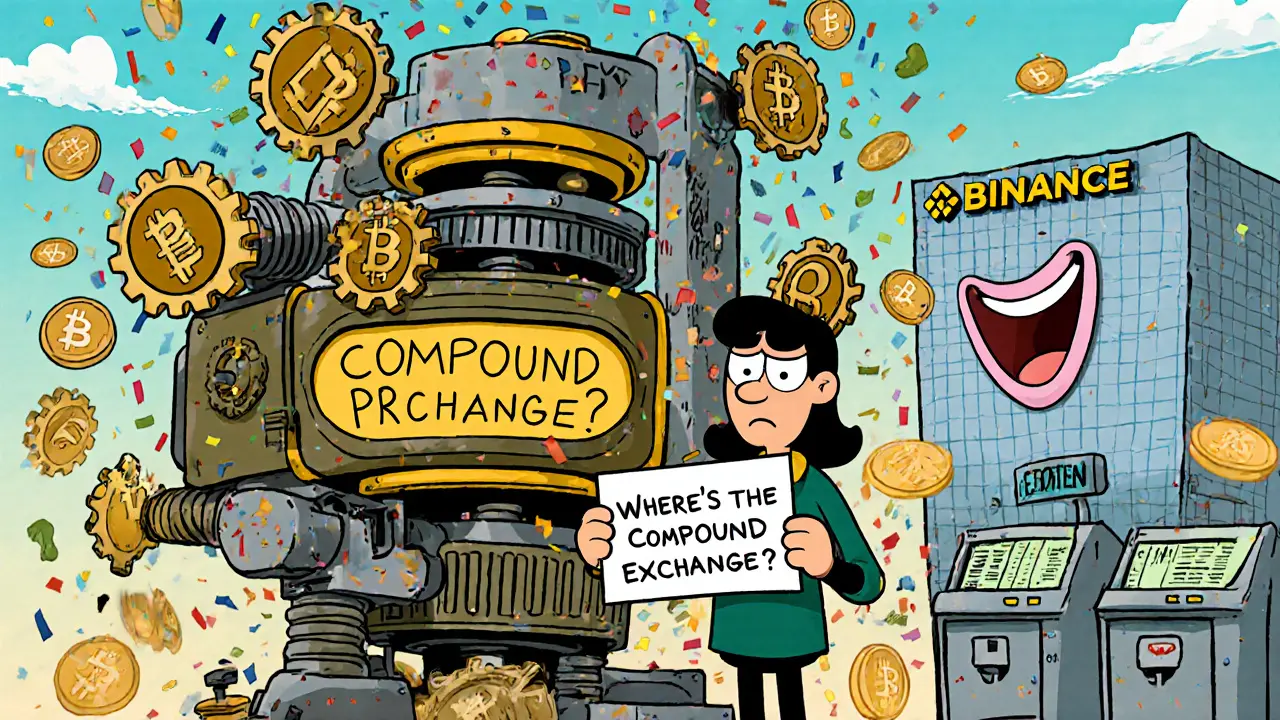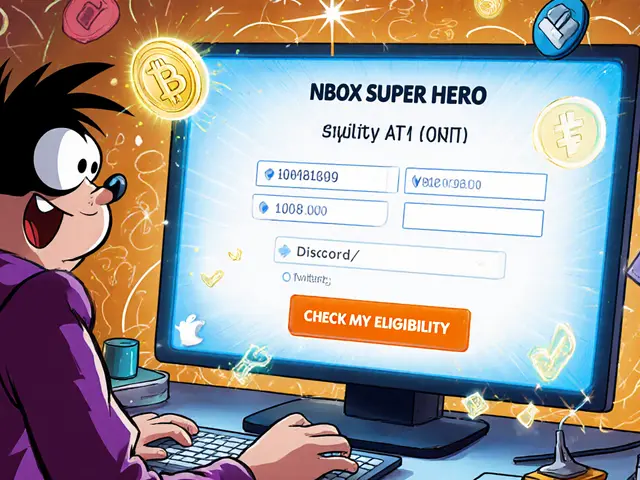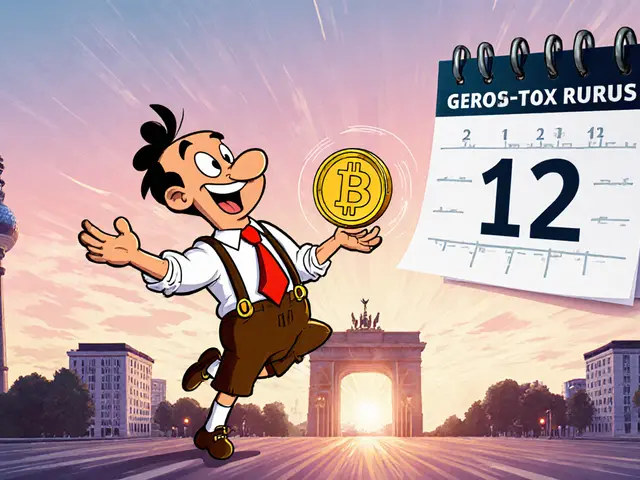Compound DeFi: How It Works, Why It Matters, and What You Need to Know
When you think of Compound DeFi, a decentralized lending protocol that lets users earn interest on crypto or borrow against it without banks. It was one of the first DeFi apps to make earning passive income from crypto feel real—not just hype. Also known as Compound Finance, it changed how people treated their crypto holdings: not as static assets, but as money that could work for them. Unlike traditional banks, Compound didn’t need a middleman. You deposited ETH, DAI, or USDC, and the protocol automatically matched you with borrowers. Interest rates? They shifted in real time based on supply and demand. No paperwork. No credit checks. Just smart contracts running on Ethereum.
Compound didn’t just let you lend. It also let you borrow. Deposit $1,000 worth of ETH, and you could borrow up to $700 in DAI. The system used over-collateralization to stay safe—if the value of your ETH dropped too far, your position got liquidated. That kept the whole thing from collapsing. But here’s the catch: the protocol paid out rewards in its own token, COMP, the governance token that gave holders voting power over protocol changes. This was the big hook. People didn’t just want interest—they wanted COMP. And when COMP prices jumped, the whole DeFi space exploded. Other protocols copied it. Yield farming took off. Everyone rushed to stake, lend, and farm. But then things got messy. Some users exploited price oracles. Flash loan attacks drained millions. And when COMP’s value dropped, the incentives dried up. Users left. Liquidity shrank. Compound didn’t die, but it stopped being the shiny new thing.
Today, Compound DeFi still runs. You can still deposit USDC and earn a steady 3-5% APY. But it’s no longer the wild frontier it once was. The real story isn’t just about interest rates—it’s about how DeFi evolved from a revolutionary experiment into a crowded, complex market. The lessons from Compound show why you can’t just chase the highest yield. You need to understand the risks, the tokenomics, and who’s really behind the code. That’s why the posts below cover everything from flash loan attacks on DeFi protocols to how liquidity mining differs from yield farming. You’ll find deep dives into similar lending platforms like Flux Protocol and Aave. You’ll see what happens when a DeFi project loses momentum, like Solrise Finance or X Project. And you’ll learn how to spot the difference between a solid protocol and a fading meme.







Categories